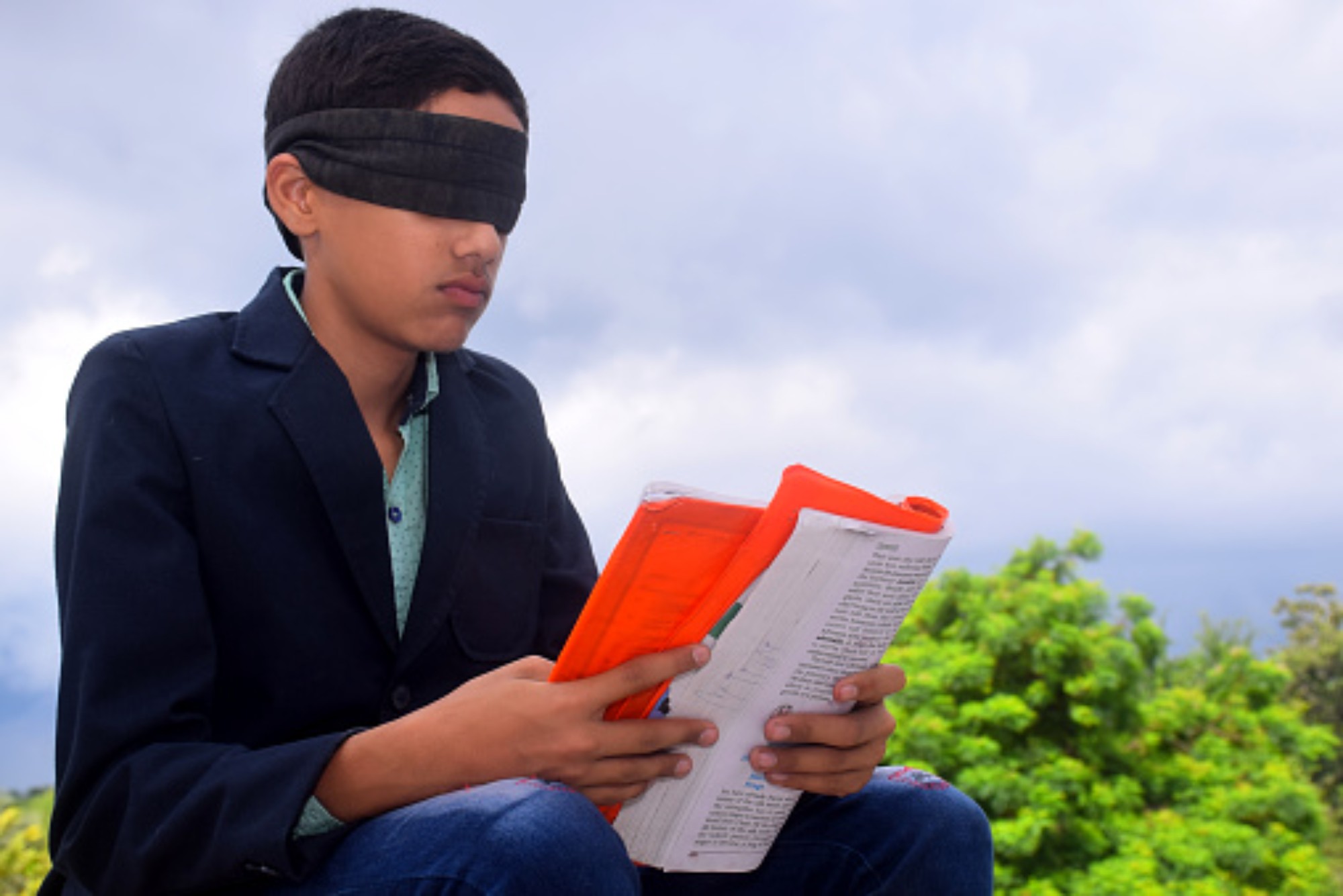
about midbrain
midbrain, also called mesencephalon, region of the developing vertebrate brain that is composed of the tectum and tegmentum. The midbrain serves important functions in motor movement, particularly movements of the eye, and in auditory and visual processing. It is located within the brainstem and between the two other developmental regions of the brain, the forebrain and the hindbrain; compared with those regions, the midbrain is relatively small.
The tectum (from Latin for “roof”) makes up the rear portion of the midbrain and is formed by two paired rounded swellings, the superior and inferior colliculi. The superior colliculus receives input from the retina and the visual cortex and participates in a variety of visual reflexes, particularly the tracking of objects in the visual field. The inferior colliculus receives both crossed and uncrossed auditory fibres and projects upon the medial geniculate body, the auditory relay nucleus of the thalamus.
The substantia nigra is a large pigmented cluster of neurons that consists of two parts, the pars reticulata and the pars compacta. Cells of the pars compacta contain the dark pigment melanin; these cells synthesize dopamine and project to either the caudate nucleus or the putamen, both of which are structures of the basal ganglia and are involved in mediating movement and motor coordination. These two structures, in addition to the globus pallidus, form the striatum. By inhibiting the action of neurons in the caudate nucleus and the putamen, the dopaminergic cells of the pars compacta influence the neuronal output of the neurotransmitter GABA (gamma-aminobutyric acid). The neurons in turn project to the cells of the pars reticulata, which, by projecting fibres to the thalamus, are part of the output system of the corpus striatum.
Also within the midbrain are the crus cerebri, tracts made up of neurons that connect the cerebral hemispheres to the cerebellum. The midbrain also contains a portion of the reticular formation, a neural network that is involved in arousal and alertness. Cranial nerves in the midbrain that stimulate the muscles controlling eye movement, lens shape, and pupil diameter form the nuclear complex of the oculomotor nerve and the trochlear nucleus.
